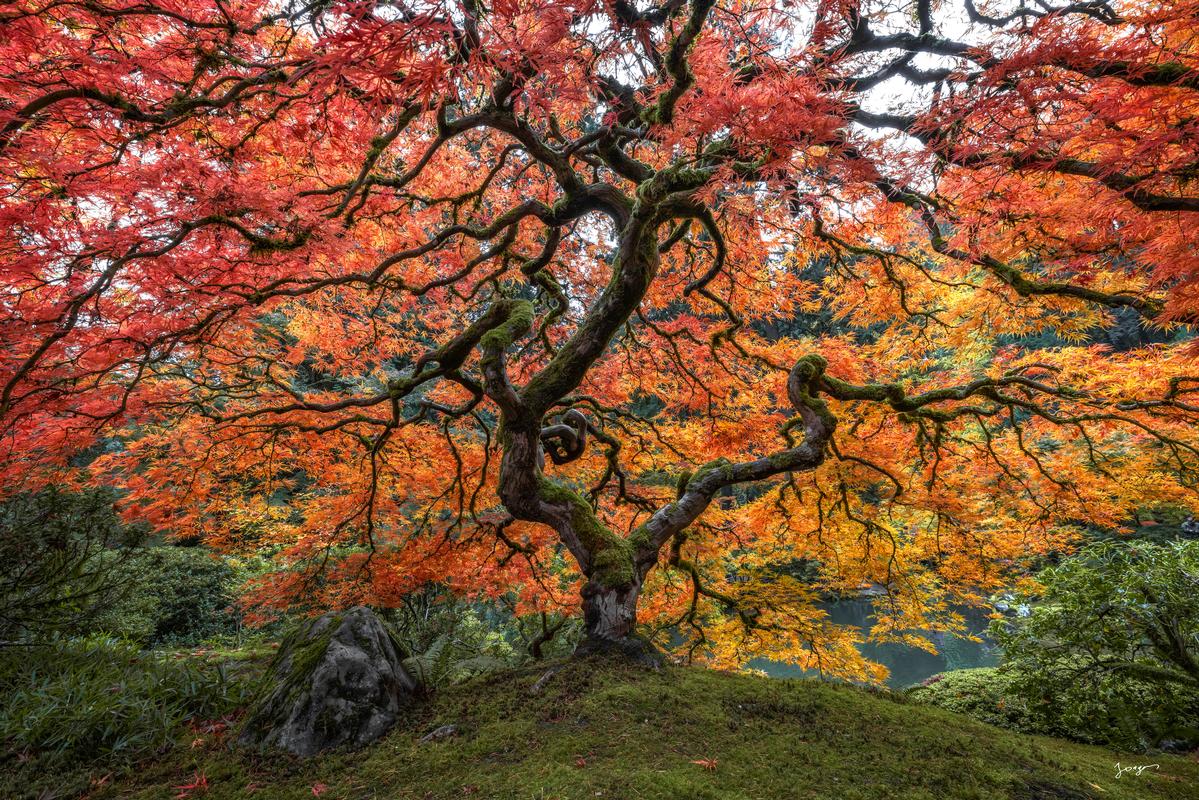The Ongoing Peter Lik Copyright Lawsuit?
A Picture of Trouble: Examining the Peter Lik Copyright Case
Peter Lik, a photographer renowned for his dramatic landscape images, found himself at the center of a legal battle in the case of Lik v. Doe (2020). This case delved into the murky waters of copyright law and artistic license in the digital age. By analyzing the details and the implications of this case, we can gain valuable insights into the complexities of protecting creative works in the online world.
The Case: Lik v. Doe (Read Lik vs Doe case details here)
In 2020, Peter Lik filed an ex parte motion (a request made without the opposing party's presence) for early discovery in the District Court of Nevada. This motion sought to identify an anonymous internet user ("Doe") who allegedly infringed on Lik's copyright by downloading and displaying one of his photographs. The photograph in question was titled "Phantom Canyon."
Lik's complaint centered on the unauthorized use of his copyrighted image. He argued that Doe had infringed on his exclusive right to reproduce and distribute the work. Lik's legal team requested permission to subpoena the internet service provider (ISP) associated with the IP address used to download the photograph. This would have revealed Doe's identity, allowing Lik to pursue further legal action.
The Copyright Debate: Authenticity vs. Artistic License
While the core issue revolved around copyright infringement, the case also sparked debate about the boundaries of artistic license in photography. Lik's photographs are known for their dramatic compositions and vibrant colors, often achieved through extensive digital manipulation. Some critics argue that this heavy editing undermines the authenticity of the photographs as a representation of the natural world.
Lik's defenders, however, maintain that his work is a unique artistic expression. They argue that digital manipulation falls under the realm of fair use, a legal doctrine that allows for limited use of copyrighted material without permission for purposes such as criticism, commentary, or news reporting.
"Tree Of Life" -Click Here To Order This Print
The Importance of Identifying the Defendant
Lik's request to identify Doe was crucial for pursuing his copyright claim. Copyright law grants the owner the exclusive right to reproduce, distribute, display, and create derivative works based on their copyrighted material. Without knowing Doe's identity, Lik could not enforce these rights and potentially recover damages for the alleged infringement.
However, privacy concerns also come into play. Anonymous online users have the right to express themselves freely, and revealing Doe's identity could have a chilling effect on online discourse. The court needs to weigh the copyright holder's right to protect their work against the privacy interests of the anonymous user.
Unresolved Questions and Potential Outcomes
The outcome of Lik v. Doe remains unknown, as the case details beyond the initial motion are unavailable. However, it raises several questions that remain relevant in copyright discussions:
- Balancing Rights: How can we balance protecting the rights of copyright holders and safeguarding the privacy of online users?
- Defining Fair Use: Where do we draw the line between legitimate artistic expression and unauthorized use of copyrighted material in the digital age?
- Impact on Digital Media: How will this case and others like it influence the creation, distribution, and consumption of digital art forms like photography?
- Similar Art To Peter Lik: Peter Lik is considered a pioneer in landscape photography, hence he is exposed to many people trying
Beyond Lik: Copyright in the Digital Landscape
The Lik v. Doe case serves as a microcosm of the broader challenges faced by copyright law in the digital age. The internet allows for easy reproduction and sharing of creative works, making unauthorized use a recurring issue.
"Native Breath" - Modern Art Panorama Print For Sale
Challenges of Online Copyright Enforcement
Photography artist's copyright enforcement online presents several hurdles:
- Anonymity: The ability to operate anonymously online makes it difficult to identify infringing parties.
- Jurisdictional Issues: Copyright infringement can occur across international borders, creating complex legal issues concerning jurisdiction.
- Ephemeral Content: Social media platforms and other online services allow users to share content that may disappear quickly, making it challenging to track and enforce copyrights.
Potential Solutions and the Future of Landscape Photographers Copyright
Moving forward, several potential solutions can help address these challenges:
- Increased Collaboration: Collaboration between copyright holders, platforms, and law enforcement can improve infringement detection and enforcement.
- Technological Solutions: Technological tools can be developed to identify copyrighted materials and automatically track their usage online.
- Education and Awareness: Educating artists and internet users about copyright law can lead to more responsible use and a better understanding of legal boundaries.
Conclusion: A Work Still in Progress
The motion of this case for discovery was dismissed by the court without prejudice, which means the action can be brought against the defendant in the future. It is unclear whether Mr. Lik has plans to pursue it. The Lik v. Doe case exemplifies the ongoing conversation about copyright in the digital age. Striking a balance between protection for creators and freedom of expression for users remains a work in progress. By exploring these issues and seeking innovative solutions, we can create a digital landscape that fosters creativity while ensuring fair compensation for those whose work shapes our online world.



